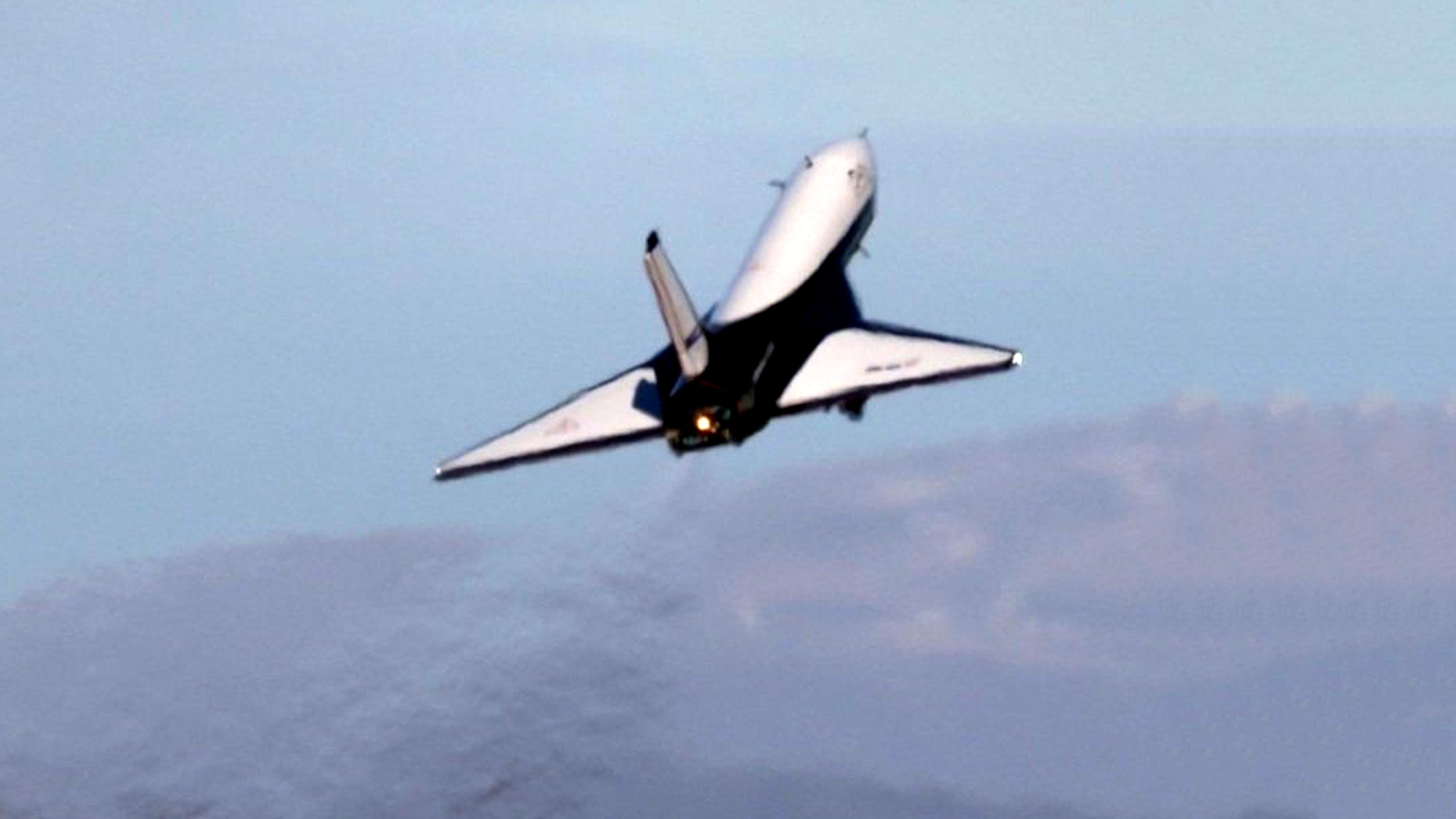AN aerospace company is building the world’s most advanced spaceplane in hopes of making space travel as easy as flying cross-country.
New Zealand-based Dawn Aerospace has its eyes set on the sky as it strives to develop “scalable, sustainable space transportation” that will be shared with the world.
The Mk-II Aurora aircraft embarked on a test flight earlier this month as part of the company’s Campaign 2-2 development program.
The uncrewed rocket-powered jet achieved transonic speeds of Mach 0.92 (967 km/h) and an altitude of 50,000 feet (15.1 km).
That’s three and five times faster and higher than the previous campaign, and just shy of the speed of sound.
Dawn’s engineers hope to shatter records that “have stood for over 50 years.”
This includes dwarfing the accomplishments of military-grade aircraft – climbing faster than an F15, flying higher than a Mig 25, and reaching greater speeds than an SR-71.
Ultimately, the company aims to develop the first aircraft to fly above the Karman line at 100km altitude.
Not only will the jet cross the generally accepted definition of the edge of space, but it will do so twice in a single day.
The company has shelled out roughly $10 million to achieve this lofty goal, with plans to complete the program for under $20 million.
Dawn concedes it is “not even close” to reaching the jet’s full potential, but has gotten its first taste of “an aircraft with the performance of a rocket.”
With the Mk-II Aurora craft, the company intends to “bring the performance of a rocket to a rapidly reusable aircraft platform.”
The company unveiled the spaceplane in July 2020. It took to the sky the following year, traveling over the South Island of New Zealand five times that July.
The Corporate Aircraft Association certified the jet for rocket-powered test flights in 2023. The first three tests were conducted in late March.
“This vehicle should smash all existing records for traditional (not air launched) aircraft,” co-founder and CEO Stefan Powell wrote in a press release.
“It was a big goal for a small vehicle, but we first had to prove it could fly at all!”
The capabilities of Aurora’s predecessor, MK-I, draw a stark contrast. MK-I was the company’s first attempt at building a rocket engine that was as pilotable and reusable as a jet engine.
“Performance was never the goal, and the airframe wasn’t designed to take the power of the engine,” Powell wrote.
“Even in steep ascending flight, it would accelerate too fast, and we would shut down prematurely to avoid risking the aircraft.”
Dawn has already come a great way, but there are bigger objectives on the horizon.
The next phase, Campaign 2-3, is slated to kick off in September. It is then the MK-II Ultra will fly supersonic, Dawn says.
“In many respects, the Mk-II is slated to be the highest-performance vehicle to take off from a runway,” Powell wrote.
Dawn is not the only company looking into commercial spaceflight.
Rivals SpaceX and Blue Origin – both Nasa collaborators – are also examining ways to make spaceflight accessible.
The International Space Station is set to be commissioned in 2031 and expected to give rise to a new era of commercial space stations.
This change will open the door to more private companies capitalizing off the space travel craze, with Dawn being a strong contender.
“Regardless of the direction we take, the Mk-II program gives us an unmatched foundation in technology, methods, and team,” Powell wrote.
“From that unique position, we are poised to learn, build, and fly faster than ever before.”
Nuclear space travel – how does it work?
Here’s what you need to know…
- A nuclear rocket is a popular concept for space travel
- The most widely proposed design is a nuclear thermal rocket
- This involves taking a fluid like liquid hydrogen
- This would then be heated to a very high temperature in a nuclear reactor
- It would expand through a rocket nuzzle, creating thrust
- This thrust would be able to propel an object (like a spaceship) through space
- Although design and testing has taken place, no nuclear thermal rockets have flown to date
- Nasa and Russia are both still interested in the technology, however













